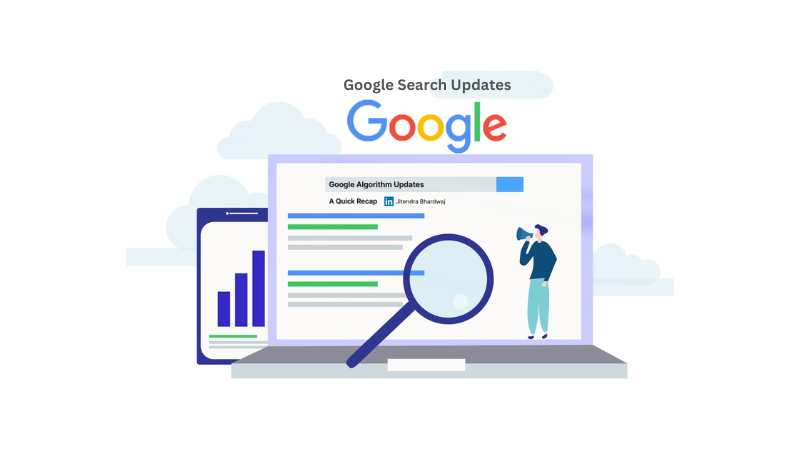Unlocking the Power of Local SEO
Understanding the Basics of Local SEO
Local SEO is a strategy that optimizes your website and online presence to improve your visibility in local search results. It involves various techniques and tactics to help your business stand out in the local market.
One of the key aspects of local SEO is keyword research. By identifying the keywords relevant to your business and having a high search volume in your local area, you can optimize your website content and meta tags to rank higher in local search results.
Another important factor in local SEO is optimizing your website for mobile devices. With the increasing use of smartphones, more and more people are using their mobile devices to search for local businesses. Therefore, ensuring that your website is mobile-friendly and provides a seamless user experience on all devices is crucial.
In addition to on-page optimization, local SEO also involves off-page optimization. This includes building citations and local links referencing your business name, address, and phone number on other websites. These citations and links help search engines understand the relevance and credibility of your business in the local context.
Overall, understanding the basics of local SEO is essential for any business looking to improve its online visibility and attract local customers.
Optimizing Your Website for Local Search
When optimizing your website for local search, several key factors must be considered.
Firstly, ensure your website has a clear and concise title tag that includes your target keywords and location. This will help search engines understand your website and improve its visibility in local search results.
Next, optimize your website’s meta description to provide a compelling business summary and entice users to click through to your website. Include relevant keywords and a call to action to encourage engagement.
In addition, optimize your website’s URL structure to include relevant keywords and location. This will help search engines understand the context of your web pages and improve the user experience by providing descriptive and easy-to-read URLs.
Furthermore, ensure your website has consistent and accurate business information, such as your name, address, and phone number (NAP). This information should be prominently displayed on your website and match the information on other online directories and platforms.
Lastly, consider adding location-specific content to your website, such as location pages, customer testimonials, and local events or news. This will help you establish relevance and credibility in the local market and attract local customers.
By implementing these optimization techniques, you can improve your website’s visibility in local search results and attract more local customers.
Utilizing Google My Business for Local Visibility
Google My Business is a powerful tool for improving local visibility and attracting more customers.
Firstly, claim and verify your Google My Business listing to ensure your business information is accurate and up-to-date. This will help Google understand the relevance and credibility of your business in the local context.
Next, optimize your Google My Business profile by providing detailed and accurate information about your business, such as your address, phone number, website, and business hours. Add high-quality photos that showcase your products, services, and location to attract potential customers.
Furthermore, encourage your customers to leave reviews on your Google My Business listing. Positive reviews improve your business’s reputation and visibility in local search results. Respond to positive and negative reviews to show that you value customer feedback and are committed to providing excellent service.
Use the Google My Business Posts feature to share updates, promotions, and events with your target audience. This can drive more traffic to your website and increase customer engagement.
Lastly, regularly monitor and analyze your Google My Business insights to gain valuable insights into your audience’s behavior and preferences. Use this data to refine your local SEO strategy and make informed decisions to improve your local visibility.
Using Google My Business effectively, you can enhance your local visibility, attract more customers, and grow your business.
Building Citations and Local Links
Building citations and local links is an important aspect of local SEO that can help improve your website’s visibility in local search results.
Citations reference your business name, address, and phone number (NAP) on other websites. These citations help search engines understand the relevance and credibility of your business in the local context. Ensuring that your NAP information is consistent and accurate across all citations is important.
You can build citations for your business through various online directories and platforms, such as Yelp, Yellow Pages, and local chamber of commerce websites. Claim and optimize your listings on these platforms to maximize their impact on local SEO.
In addition to citations, local links also play a crucial role in local SEO. Local links are links from other websites that point to your website. These links help search engines determine the popularity and authority of your website in the local context.
To build local links, you can contact other local businesses, organizations, and influencers in your community and request them to link to your website. You can also sponsor local events, charities, or community initiatives to earn local links and enhance your SEO.
By building citations and local links, you can improve your website’s visibility in local search results and attract more local customers.
Measuring Success with Local SEO Metrics
Measuring your local SEO efforts’ success is essential to understand your strategies’ impact and make data-driven decisions to improve your results.
You can track several key metrics to measure your local SEO’s effectiveness.
Firstly, monitor your website’s organic search traffic from local searches. This will give you insights into the number of visitors coming to your website from local search results and the keywords they are using. Look for trends and patterns to identify opportunities for improvement.
Next, track users’ conversions or actions on your website, such as form submissions, phone calls, or online purchases. This will help you understand how well your website converts local visitors into customers.
Furthermore, monitor your website’s local search rankings for target keywords. Use tools like Google Search Console and third-party SEO software to track your rankings and identify areas where you can improve.
Additionally, pay attention to your online reviews and ratings. Monitor the number and sentiment of your reviews to gauge customer satisfaction and identify areas for improvement in your products or services.
Lastly, analyze the performance of your Google My Business listing by monitoring the number of views, clicks, and actions taken by users. Use this data to optimize your listing and improve your local visibility.
By measuring these local SEO metrics, you can assess the success of your strategies, identify areas for improvement, and make informed decisions to enhance your local SEO efforts.





Post Comment